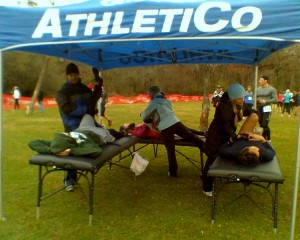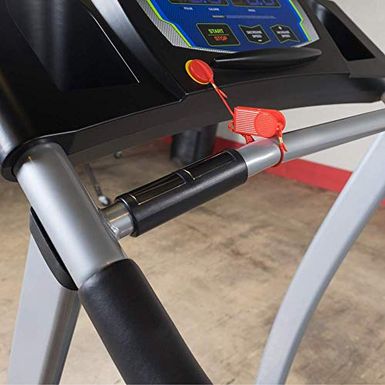

Epidemiology of calf muscle strains in runners While there is no ‘real harm’ in this, it does not differentiate in that strains can occur in either or both of these muscles soleus or gastrocnemius, or far less commonly in plantaris or the muscles of the deep calf group.Ĭlinically when referring to both the soleus and gastrocnemius they can be collectively referred to as the ‘plantar flexors’. Runners tend to clump the two superficial muscles together the soleus and gastrocnemius and collectively refer to these two muscles as the ‘calf’. The soleus is primarily composed of slow twitch (type 1 muscle fibers) and is the key muscle for endurance running. The plantaris is generally considered a vestigial muscle and provides a weak contribution to knee and ankle flexion when it is functional (2).Īlthough the gastrocnemius has a mix of fibers, more are fast twitch (type 2) muscle fibers allowing for explosive/powerful contractions.

The soleus is a uniarticular muscle responsible for plantar flexion. The gastrocnemius and plantaris are biarticular muscles responsible for both knee flexion and ankle plantar flexion. The purpose of these three tendinous structures in the soleus is to act like rigid fibrous ‘struts’ to assist the upper part of the soleus to gain more origin (1). Soleus intramuscular tendons: (1) medial and lateral aponeuroses, (2) central tendon. Of note anatomically is that within the soleus muscle there are three intramuscular tendinous structures: medial and lateral aponeuroses, and a distal central tendon, shown below: The deep group of calf musculature is comprised of: and also the lesser referenced and lesser sized plantaris muscle.the soleus and gastrocnemius (pictured above).

The muscles at the back of the leg are comprised of a superficial and a deep group of muscles. (i) soleus muscle (ii) Gastrocnemius (medial and lateral heads) Calf muscle anatomyĪ calf muscle strain can occur to either of the two primary ‘calf muscles’ the soleus or the gastrocnemius (see anatomy images below): This reduction in confidence can manifest as fear avoidance of running, fear of loading the calf musculature through required rehabilitation exercise, and prolong recovery timelines. For a runner to perceive they have a ‘tear’ may result in the runner feeling vulnerable, or even ‘fragile’, with reduced confidence. I’m quite happy with the phrase ‘calf strain’ as the term ‘muscle tear’ can be threatening to athletes and runners. ‘Calf strain’ is the common terminology runners use when describing a calf muscle ‘tear’. The purpose of this blog is to outline the best clinical combined with evidence based approach to rehabilitating calf strains. Short and longer lasting episodes of pain can stem from injury to the calf musculature. They can be debilitating, painful, and require reduced or complete cessation from running. ‘Calf muscle strains’ are a common running injury.


 0 kommentar(er)
0 kommentar(er)
